Brick facade detail with brick facade
How is a brick facade made?
Brick making is a specialized process that includes various stages from the selection of raw materials to the final baking. These bricks are made of special materials due to their high resistance to heat and weather conditions. In the following, the main stages of brick cladding construction are briefly explained:
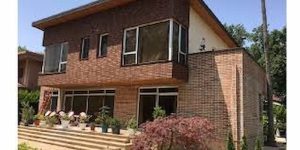
1. Selection of raw materials
Raw materials for brick cladding must have high non-flammable properties. These materials usually include:
• Refractory clay (kaolin or china clay): the main material that has high thermal resistance.
• Silica (SiO2): to increase thermal resistance.
• Alumina (Al2O3): to improve wear and corrosion resistance.
• Additives: such as metal oxides to improve the physical and chemical properties of bricks.
2. Preparation of raw materials
• Raw materials are crushed and ground to become small and uniform particles.
• Then the ingredients are mixed with water in specific proportions to create a homogeneous paste.
3. Molding
• The prepared dough is poured into metal or plastic molds.
• The molds are pressed to obtain the shape of the brick.
• In some methods, extruder machines are used to produce bricks with precise dimensions.
4. Drying
• Molded bricks are dried in a temperature controlled environment.
• This step is very important to prevent cracking and deformation of the brick during baking.
5. Cooking in the oven
And dry bricks are baked in industrial furnaces at very high temperatures (between 1200 and 1500 degrees Celsius).
• This step makes the raw materials stick together completely and the brick has high thermal and mechanical resistance.
• Depending on the type of brick and raw materials, the baking time may last from a few hours to a few days.
6. Final payment
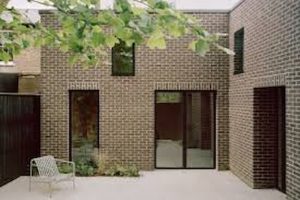
After firing, the bricks may undergo additional operations such as sanding, cutting or painting.
• Finally, the bricks are ready to be packed and sent to the market.
Features of the made facade brick:
• High thermal resistance: withstand temperatures up to 1200 degrees Celsius or more.
• Wear and corrosion resistance: suitable for use in harsh conditions.
• Thermal and sound insulation: reducing heat and sound transmission.
• Appearance beauty: diversity in color and texture for decorative applications.
Applications of brick facade:
• Facade of the building: due to its resistance to weather conditions.
• Fireplace and barbecue: due to heat resistance.
• Industries: in furnaces, boilers and other industrial equipment.
This process makes brick facade one of the most durable and widely used building materials.
Namachi refractory brickRefractory brick is a type of brick that has a very high resistance to heat, abrasion and adverse weather conditions due to its special compositions and unique production process. These bricks are usually made from raw materials such as fire clay (kaolin), silica and alumina and are fired at a very high temperature (between 1200 and 1500 degrees Celsius). For this reason, they are called “refractory bricks” or “refractory bricks”.
The main characteristics of refractory bricks:
1. Heat resistance: It can withstand very high temperature (up to 1200 degrees Celsius or more).
2. Resistance to wear and corrosion: It is resistant to chemicals and wear.
3. Heat and sound insulation: reduces heat and sound transmission.
4. Weather resistance: It is resistant to rain, snow, frost and UV rays.
5. Appearance beauty: It is produced in various colors and textures and is suitable for decorative applications.
Application of refractory bricks:
1. The facade of the building: due to its resistance to weather conditions and external beauty.
2. Fireplace and barbecue: due to high heat resistance.
3. Industries: in furnaces, boilers, chimneys and other industrial equipment.
4. Interior decoration: for interior walls, kitchen and modern spaces.
The difference between refractory brick and normal brick:
Raw materials: Firebricks are produced from fireclay and fireclay materials, and ordinary bricks are produced from ordinary clay.
• Heat resistance: Firebrick can withstand very high temperatures, but ordinary bricks burn or crack at high temperatures.
• Price: Firebricks are more expensive than ordinary bricks due to raw materials and more complicated production process.
Types of refractory bricks:
1. Isfahan refractory brick: the most famous type of refractory brick in Iran.
2. Kazakh refractory bricks: imported from Kazakhstan and of high quality.
3. Decorative refractory brick: for modern facades and interior decoration.
4. Industrial refractory brick: for use in furnaces and industrial equipment.
In general, firebrick is one of the most used materials in construction and industry due to its durability, resistance and beauty.
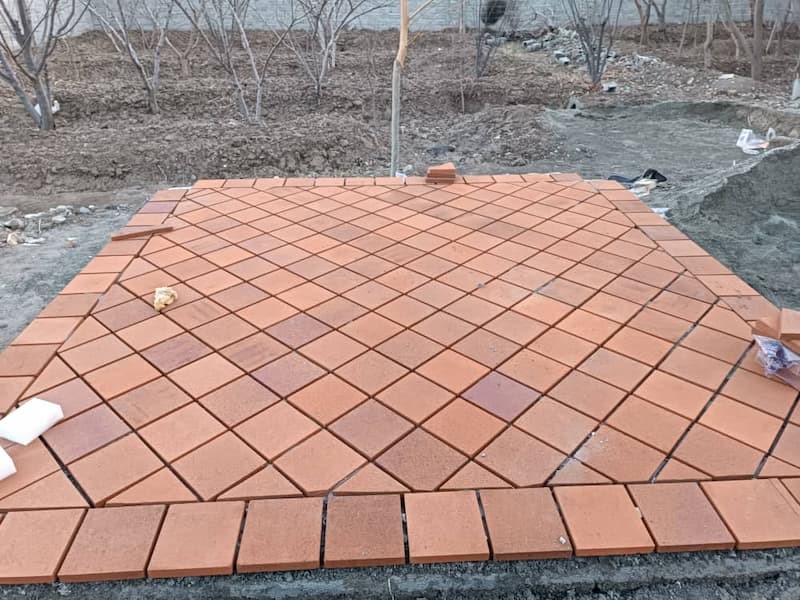
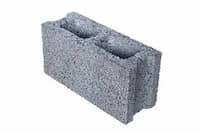
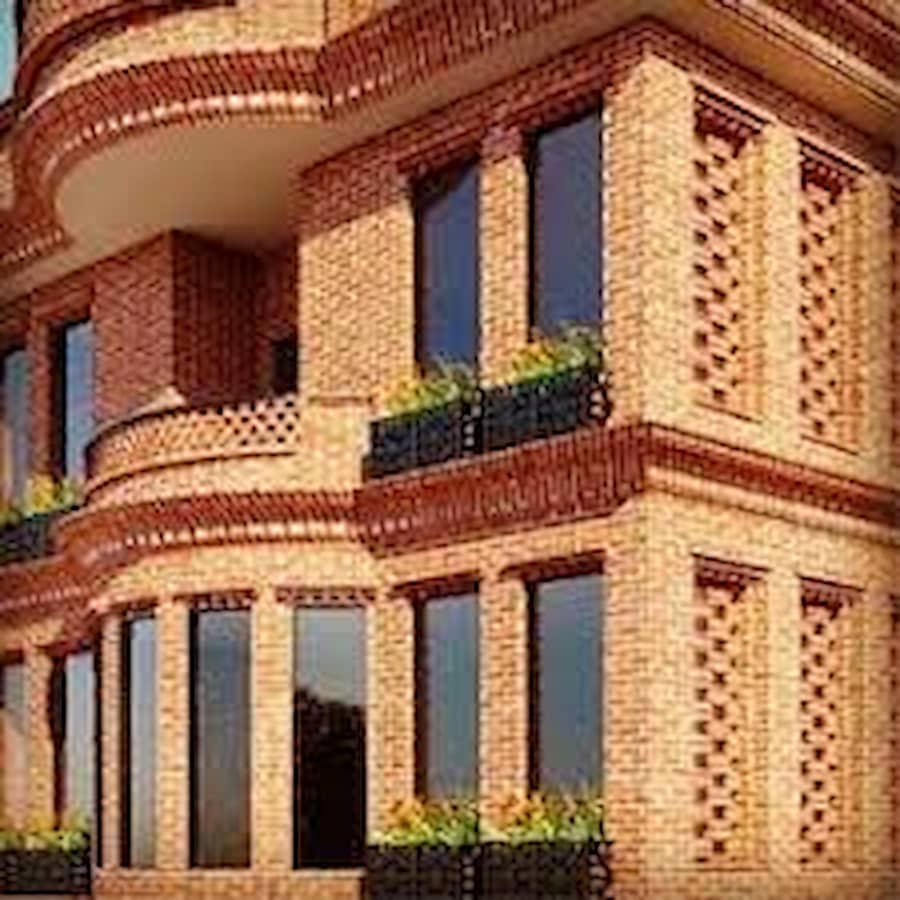

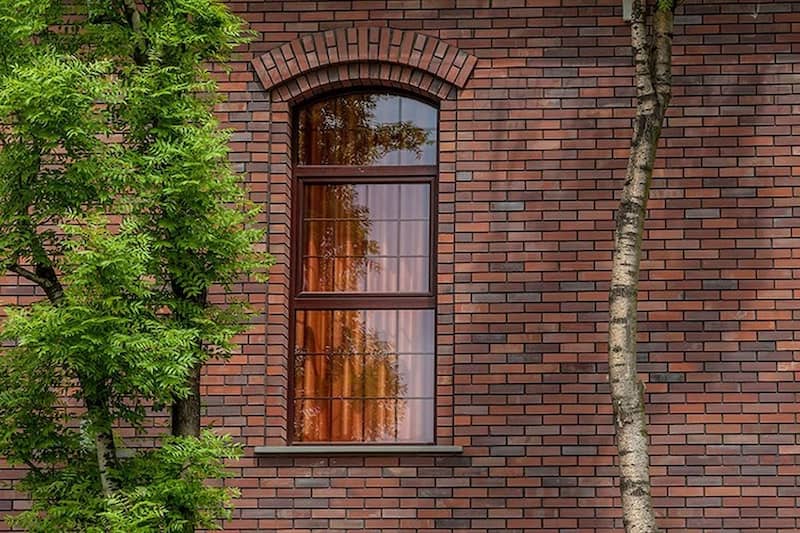
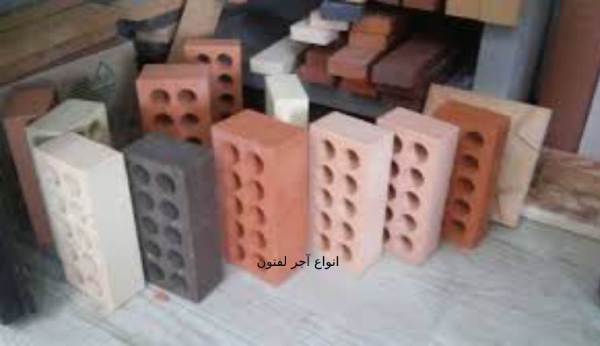
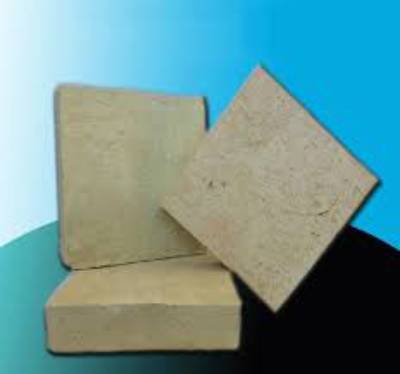
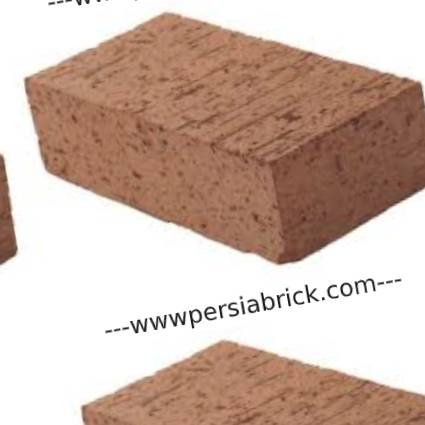
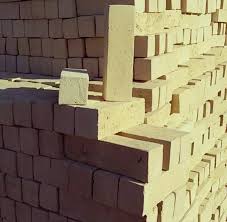
دیدگاه شما با موفقیت ثبت شد.